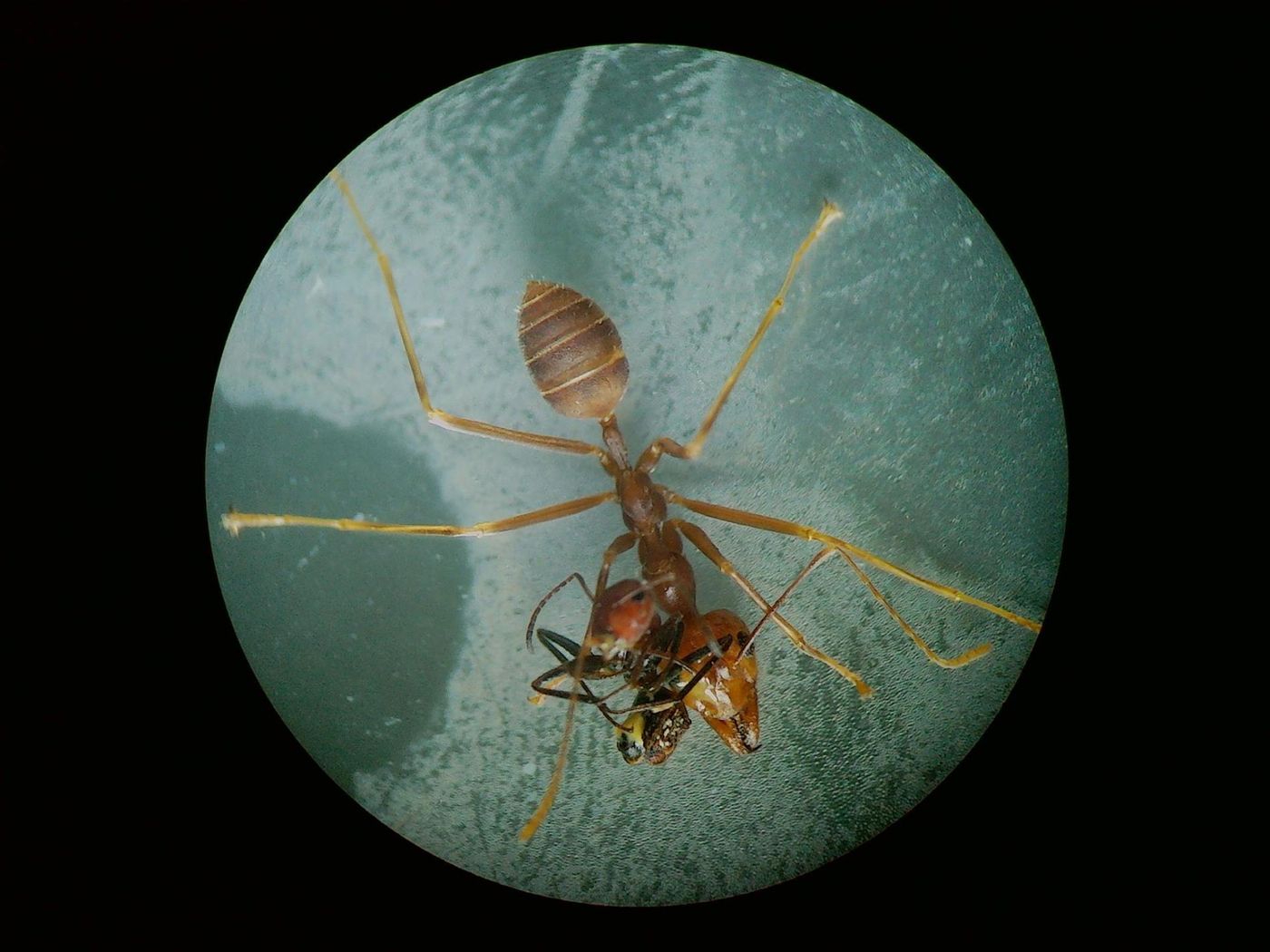These Ants 'Explode' to Protect Their Colonies
The world is crawling with insects, but despite all the different varieties humankind has found and studied over the years, researchers continue to discover and describe new species as time goes on.
Image Credit: Alexey Kopchinskiy
One example has been outlined in the journal Zookeys this week, in which researchers discuss the circumstances surrounding a newly-recognized exploding ant species dubbed Colobopsis explodens from South-East Asia.
Many ants sport mandibles and can defend themselves in various ways, such as by biting or stinging, but C. explodens can’t do any of the above. Instead, it possesses the innate ability to rupture its own abdomen and release a gooey fluid when under attack.
Related: Here's how ants communicate with one another
As noted by the researchers in the study, this yellow fluid sports a sticky consistency and seems to be spiked with toxins that either disorient or kill the predacious insect in question. That said, the explosive behavior works like a self-defense mechanism.
Worthy of note, using said self-defense mechanism comes at a significant cost. Much like a bee that loses its stinger after stinging a foe, exploding ants d1ie shortly after rupturing their abdomens. On the bright side, this sacrificial behavior potentially saves the entire colony from an invader in the process, ensuring its survival.
Related: Why you should avoid floating red ant colonies during floods
Researchers have known about exploding ants since the early 1900’s, but they haven’t recognized a new species of exploding ant until just now. Furthermore, there could be more types of exploding ants out there that have yet to be discovered.
Additional research may uncover more about C. explodens and its habitat. But for now, it remains quite the unusual discovery.
Source: National Geographic









